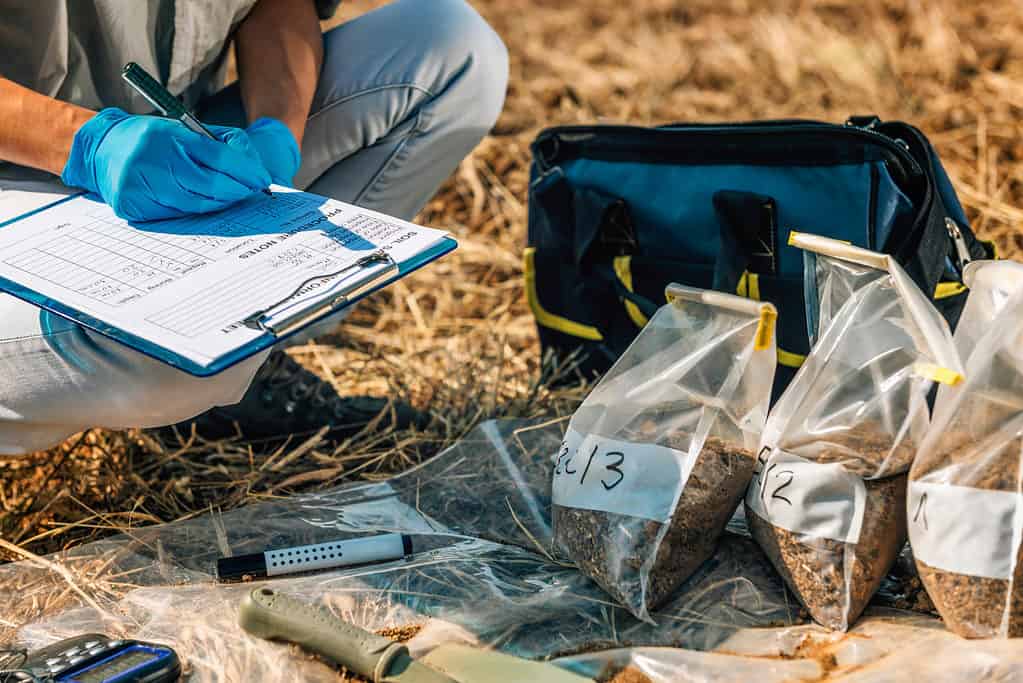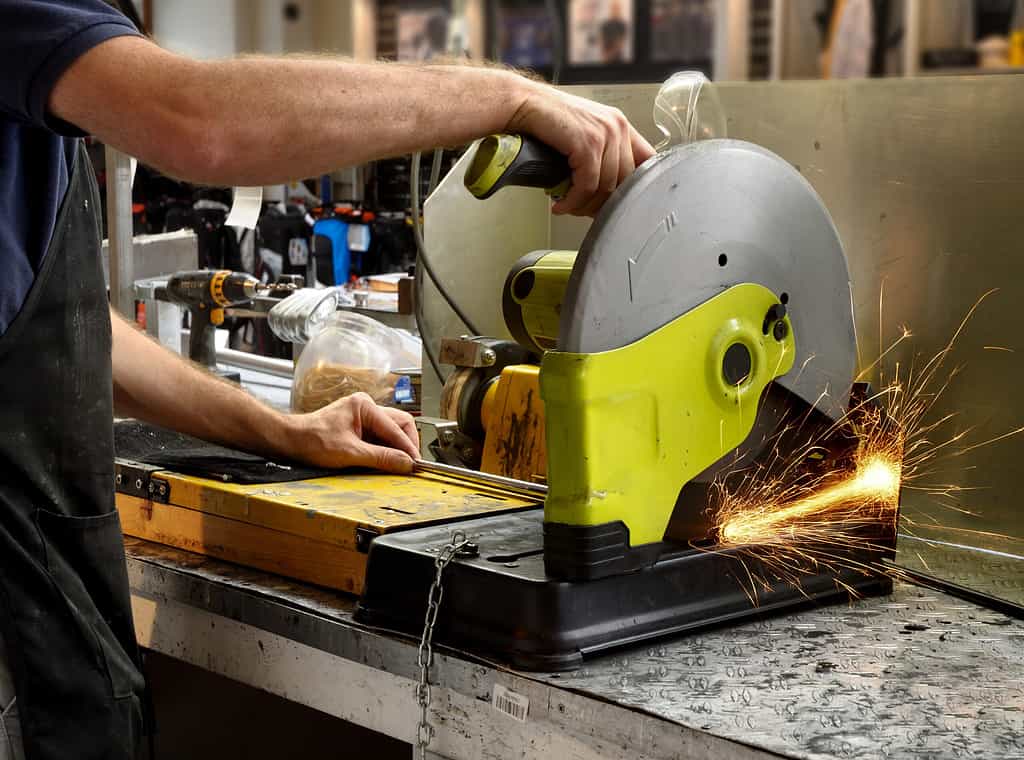Tag: DOE

Full Factorial Design: Understanding the Impact of Independent Variables on Outputs
Published:Full factorial DOE is one of the most powerfully designed experimentation statistical tools for understanding the impact your process inputs have on your process outputs.
Read more »
Interaction: See the Effects on Your DOE
Published:The phrase “it depends” sums up the concept of interaction in the context of Design of Experiments. Interaction is when the effect of one factor on a response variable depends on the level or setting of another factor.
Read more »
Exploring the Benefits of Fractional Factorial DOE
Published:Fractional factorial DOE is a cost- and time-effective designed experimentation statistical tool for understanding the impact of your process inputs on your process outputs.
Read more »
Center Points: Finding the Mathematical Center of Your Data
Published:The use of center points in your designed experiments can be valuable in determining the actual relationship between your input factors and your response variable. Let’s explain this in a little more detail.
Read more »
What are Replicates? A Complete Guide
Published:When doing Design of Experiments (DOE), replicates become an important consideration for improving the accuracy of your experiment. Let’s learn a little more about replicates. In Design of Experiments (DOE), a replicate is a single repetition or run of an experiment, with all conditions and factors kept constant except for the treatment being […]
Read more »
How the Taguchi Method Simplifies Experimental Design and Analysis
Published:When you have multiple factors at different levels, it can be challenging to figure out which is the optimal combination. Design of Experiments is one common method you can use. The Taguchi Method is another.
Read more »
Plackett-Burman Experimental Design: When and How to Use It in Your DOE
Published:Plackett-Burman experimental design is used to identify the most important factors early in the experimentation phase when complete knowledge about the system is usually unavailable. Developed in 1946 by statisticians Robin L. Plackett and J.P. Burman, it is an efficient screening method to identify the active factors using as few experimental runs as […]
Read more »
Maximizing Efficiency and Accuracy with Design of Experiments
Updated:A design of experiments (DOE) is a set of powerful designed experimentation statistical tools for understanding the impact that varying your process inputs will have on the outputs of your process.
Read more »
Case Study: Using DFSS and DOE to Increase Product Reliability
Published:A medical devices company, developing technology to enable smaller medical devices, launched a substrate development effort as part of a larger-scale technology and product development effort. The substrate development effort involved predicting the stress caused by the laser welding process to ensure product reliability. In this Design for Six Sigma (DFSS) case study, design and […]
Read more »
Design of Experiments to Optimize Any Process or Product [VIDEO] – With Mark Kiemele
Published:As the saying goes, if all you have is a hammer in your toolbox, everything looks like a nail. But if you had a torque wrench or a power drill with a box of bits, you are likely to be much more effective. Design of experiments (DOE) is one of those specialized and sophisticated tools […]
Read more »